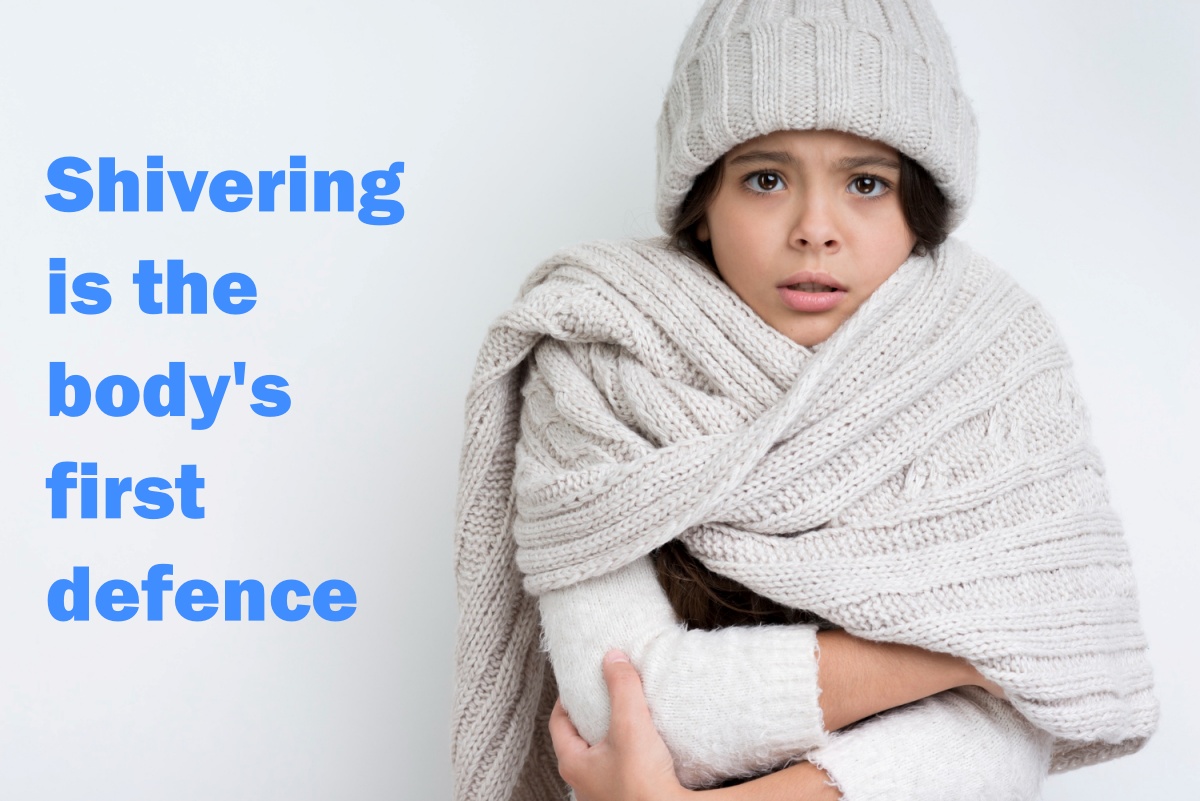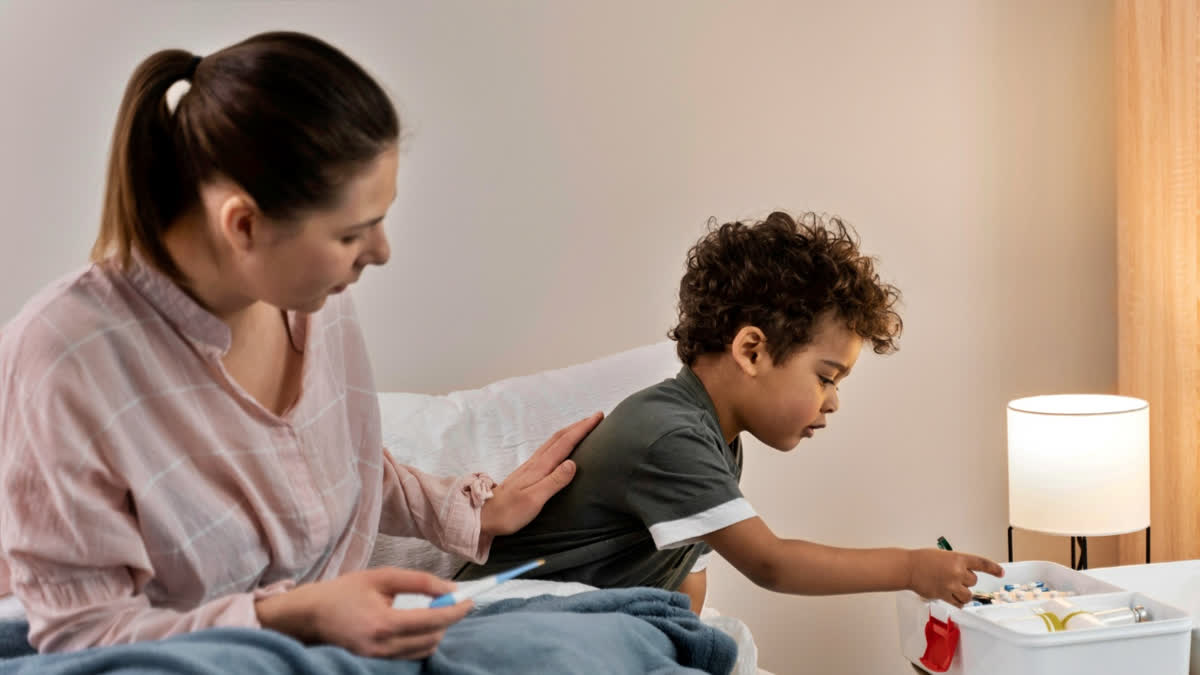When temperatures drop, keeping kids warm is more about safety than mere comfort. Hypothermia happens when the body loses heat faster than it can produce it. The condition can be dangerous if not caught early.
Dr. Kushal Agrawal, HOD, Department of Neonatology and Paediatrics at KVR Hospital, Kashipur, explains five key warning signs of hypothermia that every parent should know.
1. Shivering
Shivering is the body’s way of staying warm. It’s a normal reaction to the cold, but if your child is shivering uncontrollably or the shivering suddenly stops, it’s a major red flag. This means their body is struggling to keep up with the cold, and they may be at risk of severe hypothermia.

2. Cold or Pale Skin
If your child’s hands, feet, nose, or ears are turning pale or bluish and feel cold to the touch, this means their body is redirecting heat to protect vital organs. This also increases the risk of frostbite in the extremities. If their skin stays cold even after coming indoors and warming up, it’s time to seek medical attention.
3. Slow or Weak Pulse and Breathing
Hypothermia affects the heart and lungs. As it worsens, your child’s pulse may become weak or irregular, and their breathing may slow down. If they seem unusually tired, struggle to breathe, or have a faint pulse, seek emergency medical help immediately.
4. Confusion Or Unusual Drowsiness
If your child starts acting confused, has trouble speaking, or seems extremely sleepy, don’t brush it off. This happens because the brain is affected by the cold, and it can quickly become dangerous. If they seem disoriented or unresponsive, call for medical help right away.
5. Clumsiness and Lack of Coordination
A child with hypothermia may appear unusually clumsy or have trouble walking properly. They may drop things easily or struggle with simple tasks like buttoning a coat. This is because the cold impacts muscle function and coordination. If your child seems off-balance, get them to a warm place immediately and monitor their condition.
What To Do if You Notice These Signs In Your Child
- Move them indoors or to a warm area.
- Remove any wet clothing and replace it with dry, warm layers.
- Offer warm (not hot) drinks if they are conscious.
- Wrap them in blankets and focus on warming their chest and back.
- Seek medical attention immediately if symptoms persist or worsen.
Hypothermia can be scary, but knowing the signs and acting quickly can make all the difference. Keep your child bundled up, and always prioritize warmth during cold weather.
Reference:
https://www.mdpi.com/1660-4601/18/21/11484
Read more:



